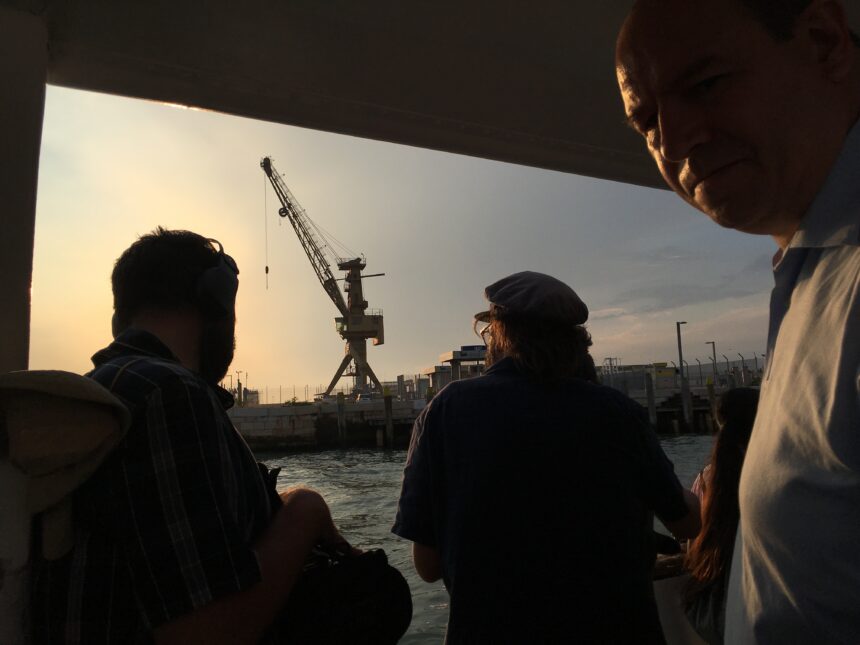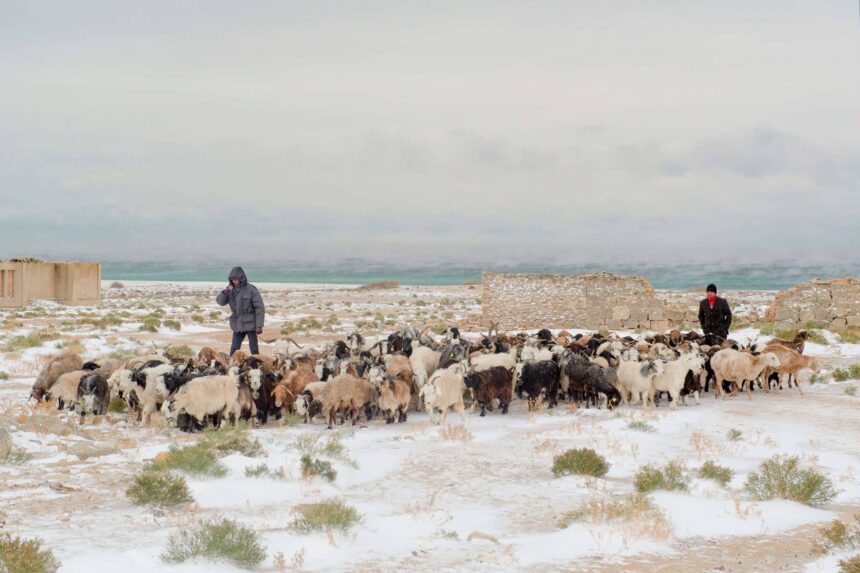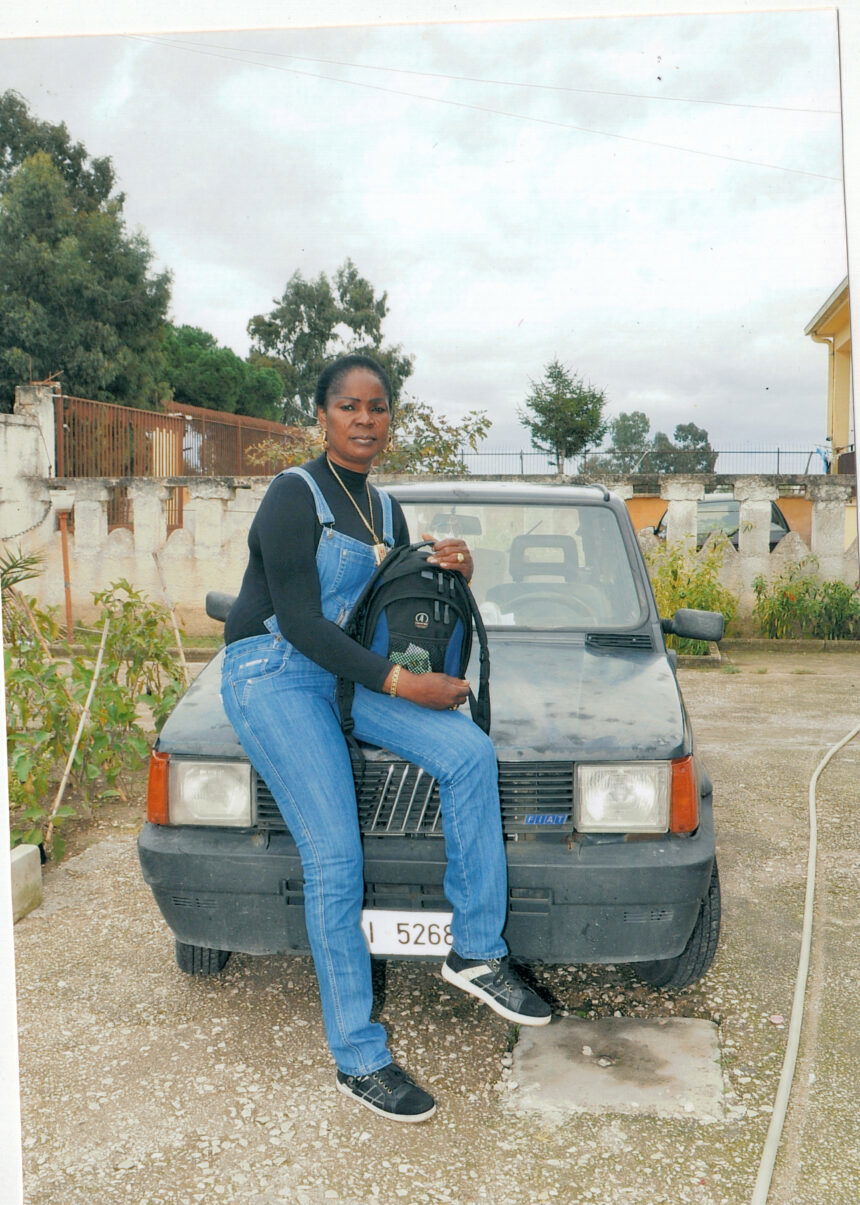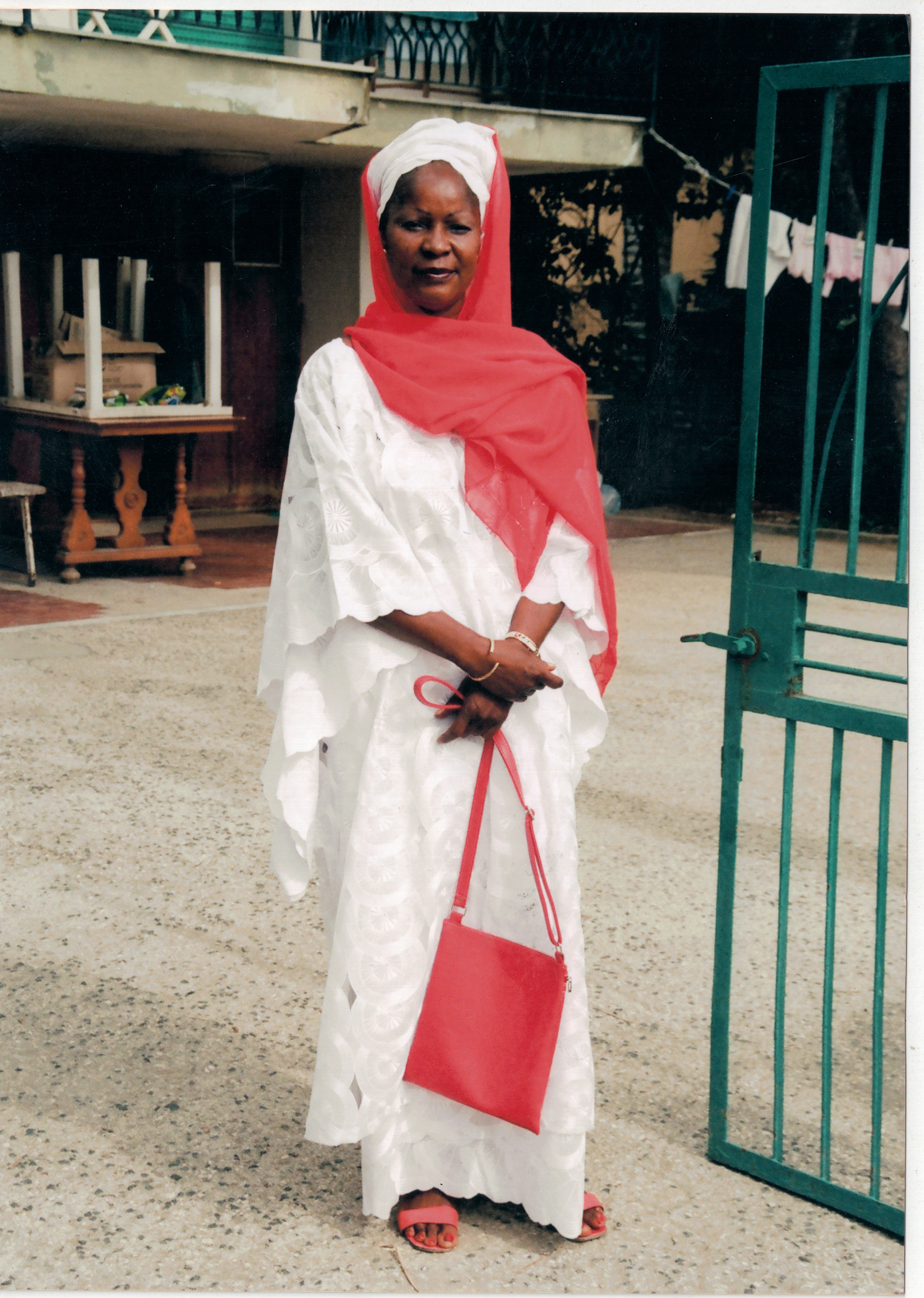What influences Andrea Segre’s perspective as a filmmaker? In this interview with The Game Magazine writer Maryam Tahmesebi, he talks about his approach to storytelling, the role of archives in film narratives, and how he moves between fiction and reality.
Filmmaking Beyond Borders: Andrea Segre on Cinema, Archives, and Where Documentary Meets Fiction
Andrea Segre is an Italian filmmaker and documentarian whose work constantly moves between documentary and fiction, blurring the line between reality and imagination. His stories narrate the duality of leaving and staying, the weight of human struggle, and the complexities of personal and political borders. His latest film, Berlinguer: The Great Ambition, looks at one of Italy’s most important political figures, showing his beliefs and the challenges he encountered.
Among his most notable documentaries are Il Sangue Verde (2010), Mare Chiuso (2012), and Indebito (2013), all of which explore themes of migration, borders, and political contradictions. In 2010, he directed his first feature-length fiction film, Shun Li and the Poet, which was screened at numerous international festivals, won multiple awards—including the European Parliament’s LUX Prize in 2012—and was distributed in over thirty countries. His documentary Il Pianeta in Mare (2019) was screened Out of Competition at the 76th Venice International Film Festival, and his experimental film Molecole (2020) was also selected for the Venice Film Festival.
Beyond filmmaking, he is a co-founder of ZaLab, an independent cinema collective dedicated to telling stories that rarely find space in mainstream media.
In this interview, Andrea Segre talks about his vision of cinema, the power of images and documentary filmmaking, the challenges of showing political realities, and why, for him, filmmaking is always about crossing borders.
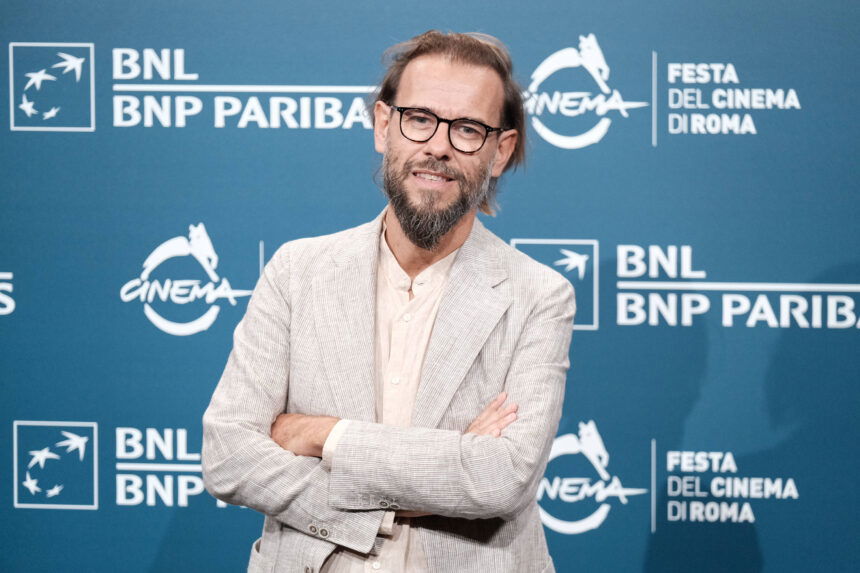
“Archives have the power to transcend borders—both physical and conceptual—and they introduce an element of unpredictability. You take something that isn’t yours and allow it to become part of your narrative, but you can’t fully control how it integrates. This loss of control opens up creative and narrative possibilities.” – Andrea Segre.
Your films have a strong visual identity, which is important in documentary filmmaking. How do you approach cinematography in your documentaries? And how important do you think visual language is in shaping a narrative?
Actually, I didn’t come to cinema through cinematography. I studied the sociology of communication and the sociology of cultural processes. And in order to follow my research, I decided to use a camera to tell the stories I encountered during my travels.
Slowly, I understood that even if the topic was very emotional and very urgent, it was not sufficient to reach a larger audience. To reach a larger audience, I had to improve my aesthetic ability and my visual attention.
So, I started working on photography and cinematography, trying to understand how I could make it possible for the audience to enter the lives I was documenting.
I try, through my documentaries, to involve people in understanding lives that are very different from their own. But the life of the protagonist and what happens to the protagonist can help people understand the links between their lives and those other lives. So I need to make it possible for people to enter the lives of others.
And I understood that the visual power of images, their ability to attract people’s attention, was the tool through which I could bring people into other worlds.
Slowly, I started to study what I had not studied at university. It was very helpful to work with important cinematographers and directors of photography.
First of all, at the beginning, I worked with Luca Bigazzi, who is a very important DOP. He worked with Sorrentino and others. He joined me in my documentaries after watching Like a Man on Earth in 2008. He called me and told me, “I really appreciate what you are trying to do, and it’s clear that you need to study a little bit. If you want, I can join you in your next project.”
We made three documentaries together: Green Blood, Maybe Things Change, and Closed Sea. In the meantime, we also developed my first feature film, Shun Li and the Poet.
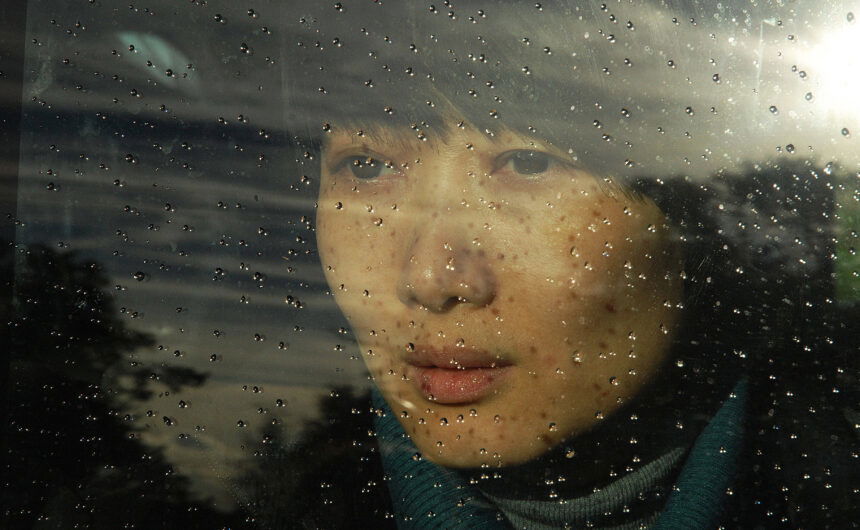
Besides him, I have always worked with Matteo Calore, who is a very good friend. He was part of Zalab, the collective I created with Matteo and other friends. He learned cinematography together with me and Luca Bigazzi. His presence was very helpful in strengthening my attention to the visual aspects of what we were telling. Matteo has always been with me in all my documentaries.
In the beginning, I also filmed myself, holding the camera in my hand. But slowly, I appreciated the freedom of leaving the camera to Matteo—to Luca at the beginning and to Matteo later—trusting a lot in his ability to create images. That gave me the freedom to concentrate on my relationship with the human beings I was telling stories about.
Since then, I have decided that it is very important for me to always have two projects at the same time—one fiction and one documentary. Because I feel that what I miss in documentaries, can be found in fiction, and vice versa, these two parallel roads help each other a lot.
In fiction, you have a larger industry behind you, and you have the possibility to develop the aesthetic part with more technical tools. But when I work in fiction, I sometimes miss the freedom of my relationship with human beings that I have in documentaries. At the same time, in documentaries, I sometimes miss the technical tools I have in fiction. So I try to mix the two.
“Somehow, it’s true that archival footage brings the point of view closer to reality because you have real people who were there during the 1970s. But at the same time, this reality meets the fictional reality, and something happens in between.” – Andrea Segre.
Many young documentary filmmakers struggle with finding archival footage that truly fits their story. In Berlinguer: The Great Ambition, I was impressed by how you used archives to present the reality of that time. How do you go about finding the right archival footage that best aligns with your storytelling?
I have always been fascinated by the way archival footage expands both the spatial and temporal dimensions of a film. Archives have the power to transcend borders—both physical and conceptual—and they introduce an element of unpredictability. You take something that isn’t yours and allow it to become part of your narrative, but you can’t fully control how it integrates. This loss of control opens up creative and narrative possibilities.
For The Dream of a Salt Lake, it was a very strong experience. We combined footage from our journey in Kazakhstan with home videos of my parents from the 1950s and 60s. On paper, mixing these two timelines seemed uncertain, but once we started editing, I felt an unexpected link between past and present. That film made me truly understand the power of archives—not just as historical material but as something that can generate new meaning in the present.
Since then, I have almost always used archival footage in my documentaries.
In Berlinguer: The Great Ambition, for instance, I made the choice to mix archival footage with fiction. Initially, our team—including the producers, editors, and my co-writer—worried about the risks of combining these elements. When making a historical film, you have to create a sense of trust between the audience and the story. They must believe in the authenticity of what they see, even when they know an actor is playing a historical figure.
The challenge was to merge real archival footage with fictionalized scenes without creating a disconnect. We spent months carefully selecting and integrating archival footage with new material, paying close attention to color, structure, and composition. The goal was to create a third dimension where the real and the fictional blend seamlessly.
What I find most interesting is that when archival images meet fiction, they lose some of their rigidity. They stop being just historical documents and become part of a new narrative. At the same time, fictional images, when mixed with real footage, gain a different kind of weight. The two interact, and in that interaction, something new emerges.
It was a very long process. We worked on the editing for at least seven or eight months. Our editor Jacopo Quadri, and Chiara Russo, who was my editor on The Dream of a Salt Lake, dedicated at least 50% of their attention to working with the archival footage and mixing it with our new footage.
That also put a lot of pressure on the visual work of Benoît Dervaux, the DOP of the film, and Matteo Calore, who was the second camera. They had to pay very close attention to the visuals, knowing that their images would be mixed with archival footage. This influenced how they shot the film—how they worked with colors, textures, and movement—because they knew they had to create a visual dialogue between past and present.
For me, working with archives is never just about adding historical context. It’s about creating a new space where different time periods, perspectives, and realities can meet.
“They [our editors] had to pay very close attention to the visuals, knowing that their images would be mixed with archival footage. This influenced how they shot the film—how they worked with colors, textures, and movement—because they knew they had to create a visual dialogue between past and present.” – Andrea Segre.
Do you also use archival footage to make the fiction scenes feel closer to reality?
Somehow, it’s true that archival footage brings the point of view closer to reality because you have real people who were there during the 1970s. But at the same time, this reality meets the fictional reality, and something happens in between.
The real footage—when placed inside a fictional narrative—loses some of its realism and becomes something almost surreal. At the same time, the fictional footage, when mixed with real archival footage, takes on a stronger sense of reality. The two types of images blend and lose some of their original nature, creating something new.
It’s the same process that happens in my filmmaking: I always work on two parallel projects, one documentary and one fiction. I feel that my mind is constantly navigating between these two languages, and I try to bring that tension into my films.
Bringing real archival footage into a film that also contains fiction is similar to this approach: you work on the border between reality and imagination. And that border is where new meaning can be born.
Another very important experience for me was Ibi. I met Ibi while she was alive. She was an undocumented migrant, and one day, when I visited her house, I noticed that her living room was full of pictures—everywhere. She saw me looking at them and asked if I was a real director. I told her, “Maybe. It’s my job, so you could say that.”
Then she told me she was jealous of my ability to be a real director because she couldn’t be a real photographer. She explained that since she was undocumented, she was also invisible. Her status as an illegal migrant made her feel like her art—her photographs—didn’t really exist.
Then she said something I never forgot: “Maybe one day, we will make a film together.” I told her I would be honored to work with her, and that for me, her legal status didn’t matter. She smiled and said, “We will see if we ever get the chance.” Not long after, Ibi passed away. I visited her husband and daughter and told them what she had said to me. I asked if we could still make a film together, even though she was no longer alive. They agreed, and we started working with the footage she had filmed herself while she was alive.
In making the film, I had to ask myself: Is Ibi real or not? She wasn’t physically there anymore, but through her images, she was still present. And this was exactly the question she had asked me: “Are you a real director?”
By making Ibi, I realized that filmmaking can exist on the border between reality and non-reality, just like people who are undocumented exist on the border between visibility and invisibility.
“By making Ibi, I realized that filmmaking can exist on the border between reality and non-reality, just like people who are undocumented exist on the border between visibility and invisibility.” – Andrea Segre.
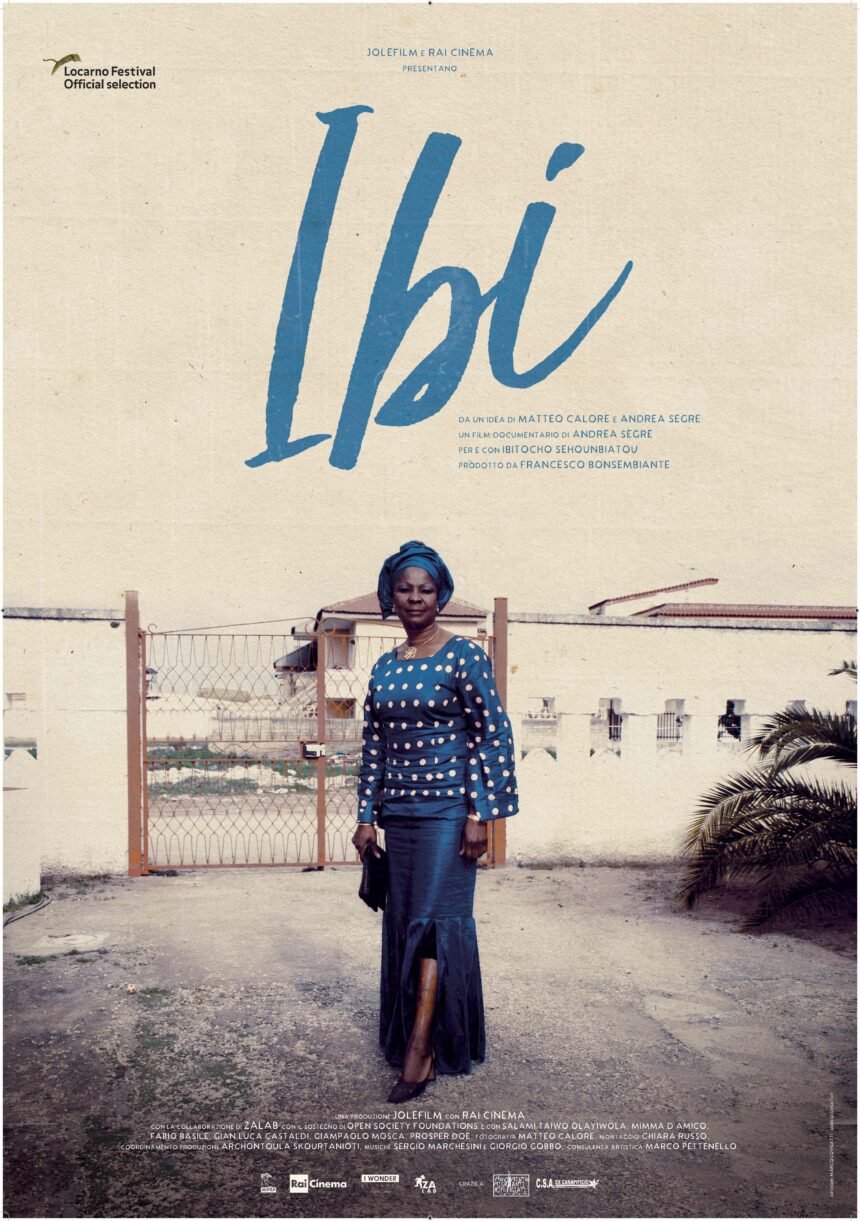
Speaking of Ibi, your films often involve morally complex situations. As a journalist, I sometimes struggle with the ethical dilemma of whether I should just report on an issue or actively try to help the people involved. Do you experience similar conflicts as a filmmaker?
Yes, of course. Especially in my documentaries, but also in my fiction films, I work a lot with people who are in need. They often ask for my help because they are in very difficult and unjust situations.
What I try to do is create a situation where they don’t feel like passive victims of injustice but instead become active protagonists of their own story.
I involve my protagonists in the distribution of the film. They watch it before it is released, they decide with me if it represents them, and when possible, they participate in screenings and discussions. This way, they are not just passive objects in my filmmaking but active subjects in the process.
I also believe that this relationship of shared responsibility is important. It’s not just them asking for my help—it’s also me asking for their help in understanding and communicating their reality. Through me, the spectators of the film also become part of this shared responsibility.
How do you convince decision-makers—such as those controlling borders, politicians, or embassies—to allow you to approach sensitive topics and access restricted areas?
It is very difficult, but somehow, art helps a lot. For instance, when I was working on The Order of Things, I needed to understand the life and work of functionaries involved in migration control. Many of them operate within secret services, making it very difficult to meet them and convince them to talk about their work.
But at least in Italy—I don’t know about other places—telling them that you are making a film creates curiosity. They become interested in meeting a director, in seeing how an actor might portray them, in the idea that their life could be represented in a film.
Cinema, especially fiction, has an element of fashion. Even people in positions of power are drawn to it. I don’t necessarily care about the glamour or fashion side of the industry, but I use it as a tool. The visibility and prestige associated with film can help open doors that would otherwise remain closed. For example, when I made A Planet on the Sea, a documentary about the industrial area near Venice, I needed access to highly restricted spaces—such as refineries operated by ENI, Italy’s national oil and gas company, and shipyards run by Fincantieri, one of the world’s largest shipbuilding companies, which produces both commercial and military vessels.
Gaining permission to film in these locations was extremely difficult because these industries are tied to high-level economic and political interests. But the power of cinema—the reputation of my work and the artistic dimension of the project—helped me negotiate access.
Art is sometimes seen as harmless, which can work in our favor. Officials may feel more comfortable granting access to a filmmaker than to a journalist or activist.
Of course, it takes time. In the beginning, producers and institutions often refuse funding or access. But once a film finds success and reaches a wide audience, those same people become more open to working with you in the future. If they see that 600,000 people have watched your film, they start to trust that investing in your next project—or giving you access to a restricted area—is worthwhile.
So it’s always a long process. It requires persistence, strategy, and an understanding of how to leverage the artistic credibility of cinema to gain access to sensitive topics. Every time I work on sensitive topics—whether it’s access to a refugee camp, a high-security prison, or restricted government spaces—I remind myself that art can cross boundaries in ways that journalism or activism sometimes cannot.
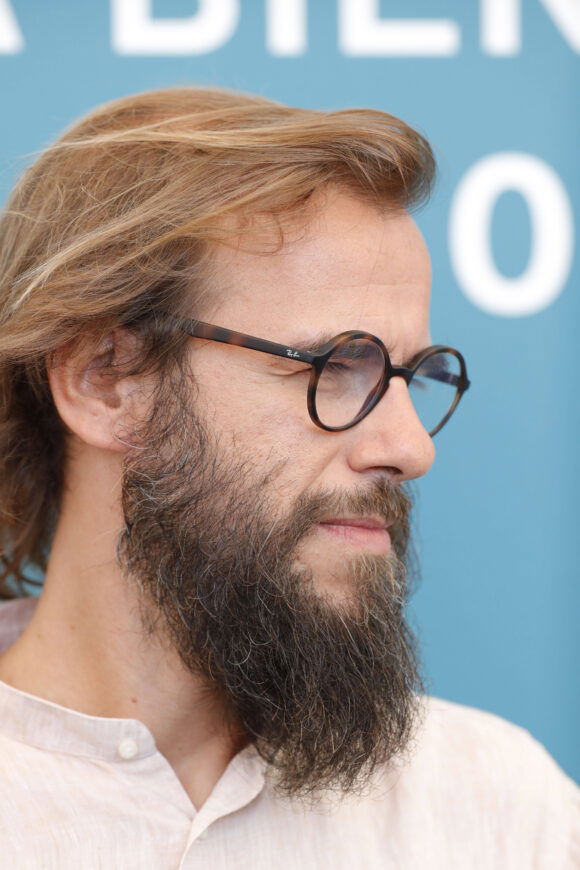
I noticed that you carefully chose the music for your films, and the soundtracks in The Order of Things and Berlinguer were particularly impressive. What is the role of music and soundtrack in your films?
Music is another voice in the film. It’s not just an addition—it’s a fundamental part of the storytelling. That’s why I always try to work with composers from the very beginning of a project, not just at the end when the film is already edited.
I talk to them about why I’m making the film, what I feel is important about it, and what I want the audience to experience. They start composing early in the process, sometimes even before shooting begins, so that their music is shaped by the same journey as the film itself.
During production, I listen to their music while I work. This helps me stay connected to the emotional core of the story. It’s not about simply adding a soundtrack afterward—it’s about making music part of the film’s DNA.
I prefer when music is not just something added at the end but an integral part of the film’s creation. When the composer and the film develop together, the music can even help shape the editing process. Sometimes, a piece of music can lead us to a new way of structuring a scene or evoke an emotion we didn’t expect. That’s why I consider the soundtrack to be a voice within the film—just as essential as cinematography or dialogue.
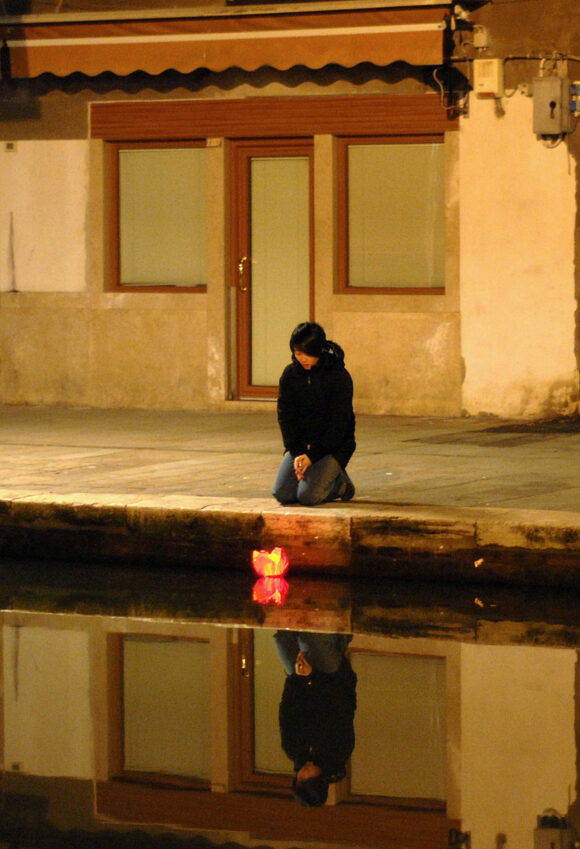
Do you consider yourself a political filmmaker?
I believe very much in the political dimension of art, and like the history of political cinema in Italy and all over the world a lot. Italy, in particular, has a very important tradition of political cinema.
I believe that nowadays, it is very important for art to help people understand that politics is not just the job of politicians but something that concerns our shared life. We have to take care of politics because if we don’t, politics will take care of us.
I think one of the biggest problems today is the crisis of democratic participation. People are withdrawing from politics, and when that happens, power becomes concentrated in the hands of a few. If you don’t participate, then oligarchies take control, and you lose any way of influencing decisions. But I don’t think that art “does politics.” Instead, I believe that art has a role in shaping political consciousness. I don’t want to use art as a tool to make politics—I want to make political art. There is a difference.
For me, political art means creating spaces where complex questions can be explored without ideological simplifications. It means questioning power structures, exposing contradictions, and encouraging people to look at reality in a different way. This is why I always try to include multiple perspectives in my films. Even when I have a clear stance on an issue, I don’t want to create films that force the audience into a single ideological position. Instead, I want to create a space where different views are confronted so that people are invited to reflect rather than just take sides. For me, that is the political power of cinema.
Full Trailer – The Planet on the Sea (Il pianeta in mare). Directed by Andrea Segre. Video courtesy of Andrea Segre.



